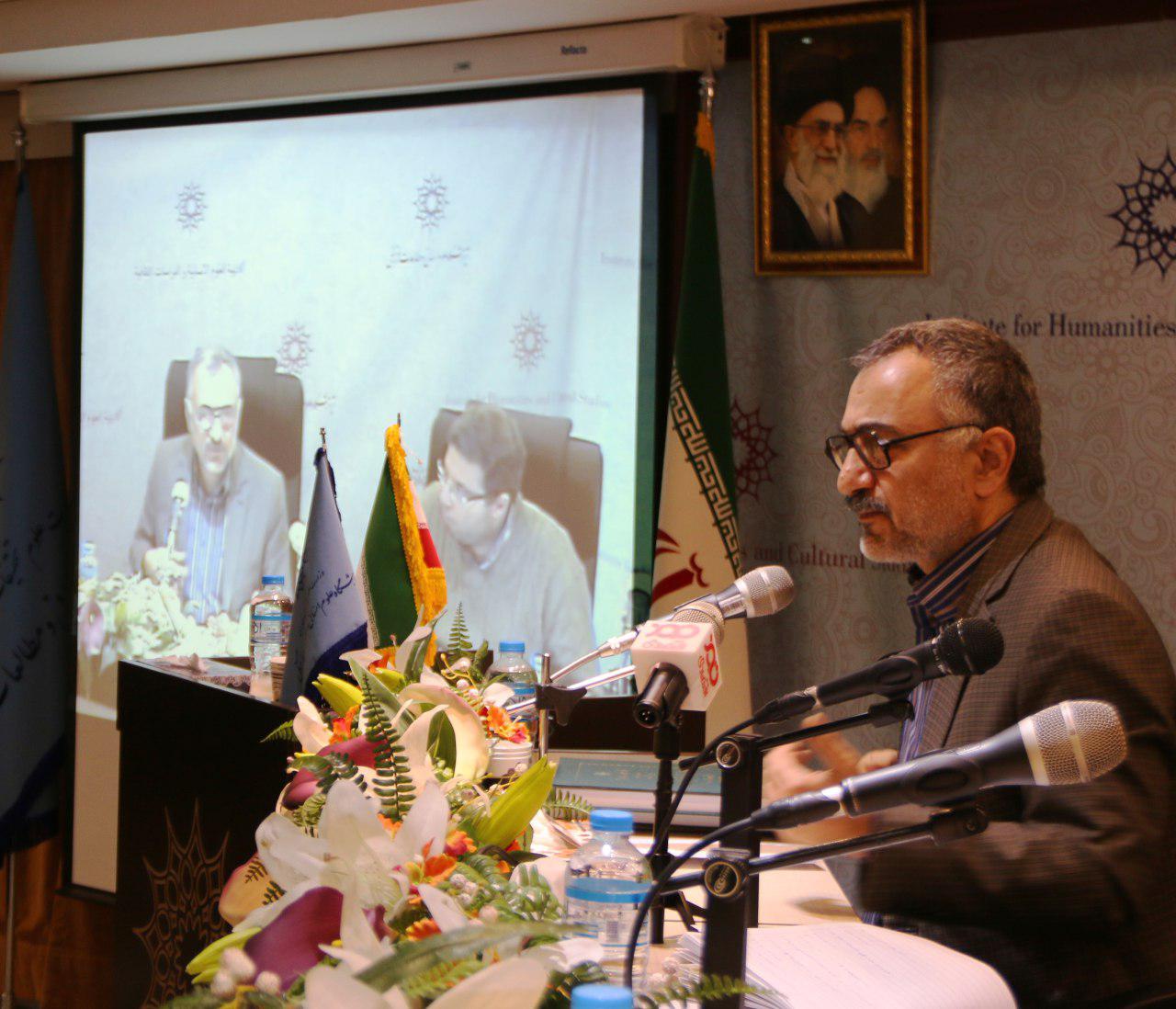Economist Saeed Leylaz believes the Iranian governments’ economic schemes to promote social equality and eradicate poverty have usually given rise to opposite results.
“Two instances of such programs, one initiated before the Islamic Revolution in the early 1970s and the other carried out in 2006-7, practically ended up in an even more glaring wealth inequality in Iran,” he said in a lecture centered on the role of the government in eliminating poverty at the Institute for Humanities and Cultural Studies last week.
“The introduction of anti-poverty policies by Iranian governments usually comes after a dramatic rise in windfall oil revenues. Usually, governments are willing to allocate these resources to a particular social class for buying their loyalty,” he said.
“Nearly 60 years after the first systematic attempt by governments to reduce poverty in Iran—the monarchy’s third development plan (1962-67) was theoretically aimed at filling the wealth gap. The Islamic Revolution was originally staged to eliminate discriminations—the desired results have not been produced and the mission has remained unaccomplished.”
Noting that from 2006-7 onward, the share of tax revenues in GDP reduced from 8% to 5%, the economist said, “Whenever the share of oil revenues in Iran’s GDP increased, the governments no longer felt the need to rely on people for their functioning and revenue (through taxation). They tended to turn a blind eye to people’s demands.”
As Leylaz pointed out, there are 3.2 million Iranians whose calorie intake is below nutritional standards, despite the mind-boggling revenues of [inflation-adjusted] $3,000 billion injected into the economy since 1961.
According to the Shahid Beheshti University professor, in 2011-12, the purchasing power of civil servants reduced by one-fourth compared to 2005-6. He estimates that Iran’s per capita income will be equal to what it was in 2011-12 by the end of 2018-19 and that civil servants and workers’ purchasing power will be restored to what it was in 2005-6 between 2026-27 and 2031-32.
“The recession the country is wrestling with today is to be blamed on the transfer of resources from 40 million people to around 150 households (about 600,000 people). The level of consumption by these 600,000 people, clearly, does not equal that of 40 million people. That is why Iran’s GDP in February 2017 hit the record of 2011-12, but per capita milk consumption halved,” he said.
Blessing in Disguise
Declining oil revenues in recent years and the fact that the government is no longer able to count on such revenues have forced the government to both restore tax-to-GDP ratio to that of 2006-7 and limit its engagement in the economy and consequently move toward betterment and social equality.
According to facts and figures, the past five years have seen improving conditions for workers, civil servants, pensioners and farmers.
“The misery index–a measure of economic wellbeing calculated by taking the sum of the unemployment rate and the inflation rate for a given period–has now improved to 22 from 51 in 2013-14. This is not enough, though. What is of greater importance is to weigh this improvement against the overall state of the economy: As we speak, Iran’s economy is nearly 20% bigger than its size in 2013-14,” Leylaz said.
“The restoration pace of the livelihoods of less privileged groups (workers, civil servants, pensioners and farmers) has been no less than 30-35% or faster than GDP growth over the past four years.”
Leylaz said auto production stood at 700,000 in 2013-14, whereas it presently stands at 1.6 million, a telling example that purchasing power of middle-class Iranians has improved.
“Only last year, up to 150 trillion rials ($3.75 billion) were paid to local wheat farmers by the government [as per the guaranteed purchase scheme], or 17 times more than in 2012-13. The governance of an administration, in which tax-GDP ratio is 8%, is different from the governance of an administration whose tax revenues make up 5% of GDP,” he said.


